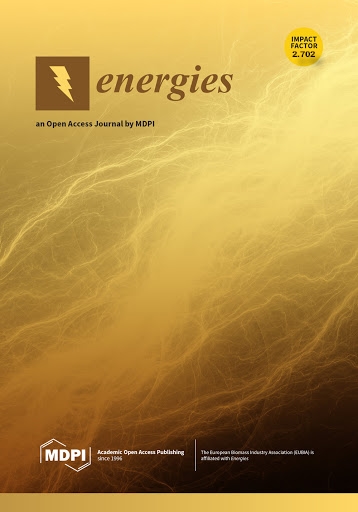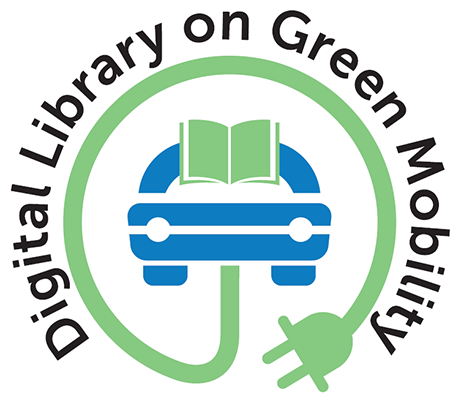Aluminium-ion Battery
Inventor/Assignee: Rahul Mukherjee, Nikhil A. Koratkar | Assignee: Everon24 Inc.
Description:
Introduction: Aluminium-ion (Al-ion) batteries are a class of rechargeable batteries in which aluminium ions provide energy by flowing from the battery's positive electrode, the anode, to the negative electrode, the cathode. When recharging, aluminium ions return to the negative electrode, and can exchange three electrons per ion.
Rechargeable aluminium-based batteries offer the possibilities of low cost and low flammability, together with three-electron-redox properties leading to high capacity. The inertness of aluminium and the ease of handling in an ambient environment is expected to offer significant safety improvements for this kind of battery. In addition, aluminium possesses a higher volumetric capacity than Li, K, Mg, Na, Ca, and Zn due to its high density and ability to exchange three electrons. This means that the energy stored in aluminium batteries per volume is higher than that in metal-based batteries. Hence, aluminium-batteries are expected to be smaller in size. Al-ion batteries also have a higher number of charge-discharge cycles. Thus, Al-ion batteries have the potential to replace Li-ion batteries.
In 2017, the TechVision Division of Frost Sullivan announced the aluminium-ion battery as one of the potential post-lithium battery systems for the first time. Patent filings for aluminium batteries started only in 2013. The top patent assignee is China. South Korea, North America, and increasingly, Europe are also becoming important actors.
Advantages:
- High power density: With a power density as high as 700Wh/kg, Al-ion batteries prove to be one of the most reliable energy storage systems for solar PV systems.
- Wide material availability: Aluminium is the most abundant metal and the third most abundant element in the earth’s crust. This means that Al-ion batteries can be accessed globally as long as the necessary manufacturing technologies are established.
- High volumetric capacity: Compared to other anodes, the aluminium anode is ‘special’ due to its high volumetric capacity. However, the entire battery unit materials have to be optimized to exhibit this characteristic. Since high volumetric capacity indicates how powerful a battery is, aluminium ion batteries prove to be a reliable energy storage solution for solar PV systems.
Limitations:
- Passivating oxide film formation: Aluminium is an active battery material with a high affinity for oxygen. When exposed to the air at standard conditions, aluminium is oxidized to form a solid oxide [2Al3++2O2→Al2O3]. In the case of aluminium ion batteries, this solid film will form a thin film on the surface of the aluminium electrode. The layer itself does not interfere with electric conduction. However, it creates a barrier to aluminium’s solvation, which reduces the effectiveness of aluminium as a negative electrode.
- Lack of solid electrolytes: Liquid electrolytes are unstable for aluminium ions which renders aluminium ion batteries relatively ineffective for energy storage in solar PV systems. For aluminium ion batteries to be fully effective for storing solar power, inorganic materials must be developed quickly for use as solid electrolytes.
- Corrosion of the anode: This is a big challenge for the operation of aluminium ion batteries. Aluminium metal anodes are easily corroded if an aqueous electrolyte is used in the Al-ion battery. This interferes with charge transfer and consequently lowers the efficiency of these energy storage systems. Again this indicates how important solid electrolytes are needed for aluminium ion batteries.
Performance: Components of aluminium-ion batteries are Anode, Cathode, and Electrolyte.
Anode: Aluminium ion batteries have aluminium metal as the positive electrode. Typically, pure aluminium is used to ensure that the electrochemical reactions proceed as expected. Aluminium ion batteries can not function properly if the metal anode is impure or has been contaminated by the electrolyte.
Cathode: The most commonly used cathode material in aluminium ion batteries is graphite. Graphite is known to be a stable carbon-based material with excellent electric conductivity. Anthraquinone (a nanostructured carbon-based molecule) can also serve as a cathode for aluminium ion batteries.
Electrolyte: This is the medium in which the aluminium ions are transferred from one electrode to another. Two main types of electrolytes can be used for these batteries: liquid electrolytes and solid electrolytes. Liquid electrolytes are unstable, highly corrosive, and hence are not preferred for Al-ion batteries. Solid electrolytes exhibit better ion conduction, low corrosivity, and are stable; hence are the perfect electrolyte for aluminium ion batteries. Solid electrolytes may be more expensive and relatively complex to process, but their benefits for aluminium ion batteries can not be ignored.
Aluminium-ion batteries work by moving aluminium ions from one electrode to another during charging and discharging. During charging (usually done by connecting the battery to the output of your solar inverter), the anode, which is pure aluminium metal, ionizes, releasing the ions to the electrolyte. Aluminium has 13 electrons, of which three are on its outer shell (valence electrons). The three electrons are lost during ionization, leaving an aluminium ion with a charge of +3.
Al3+ ions move through the electrolyte also towards the cathode while electrons released in the process travel through an external circuit through the power source. When all the aluminium ions have moved to the positive electrode, the battery is said to be fully charged. During discharging (battery use), these charge movements are reversed. The electrons flow back through the external circuit but this time through the load, while Al3+ migrates back to the positive electrode to rejoin the electrons and reform the metal anode. Aluminium ions have a trivalency characteristic, so that they can produce more current in one battery cycle. However, it is required that a stable electrolyte be present to support Al3+ migration, which occurs concurrently with electron transfer.
Commercialization: Saturnose is developing an aluminium-ion battery and is on track to commercialize it soon.
Use Cases: Various commercial applications, including smartwatches, phones, laptops, grid storage, and electric vehicles (EVs)
Patent: US9819220B2
Theme: Battery Technology | Subtheme: Aluminum-ion batteries
Source:
Aluminum-ion Batteries for Solar PV Systems
Asia’s Saturnose Could Be First To Commercialise Aluminum Ion Batteries
Related Documents
Research Papers/Articles
Opportunities and Challenges of Lithium Ion Batteries in Automotive Applications
Published Year: 2021
Abstract:
Research Papers/Articles

Economic Aspects for Recycling of Used Lithium-Ion Batteries from Electric Vehicles
Published Year: 2022
Abstract:
Read More



